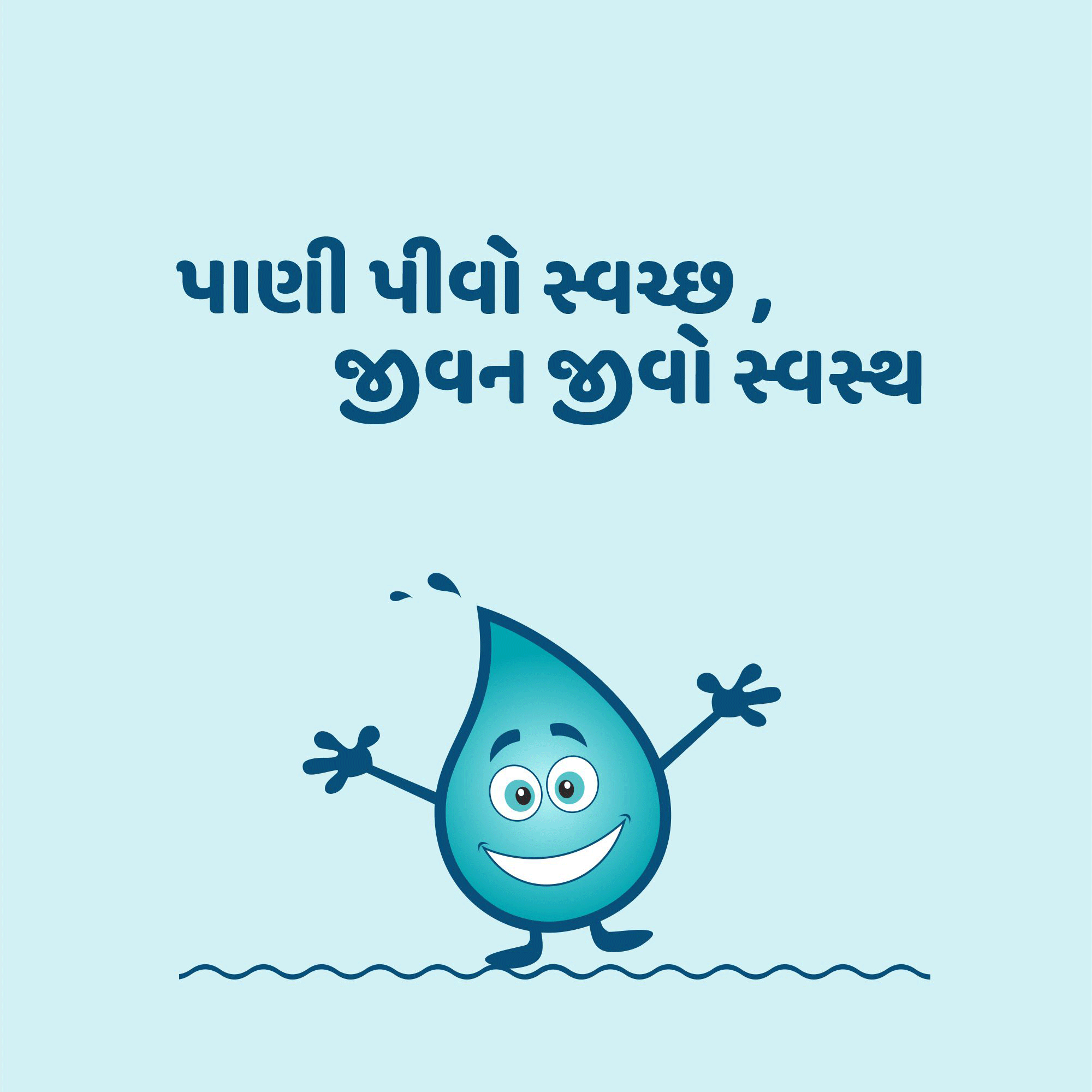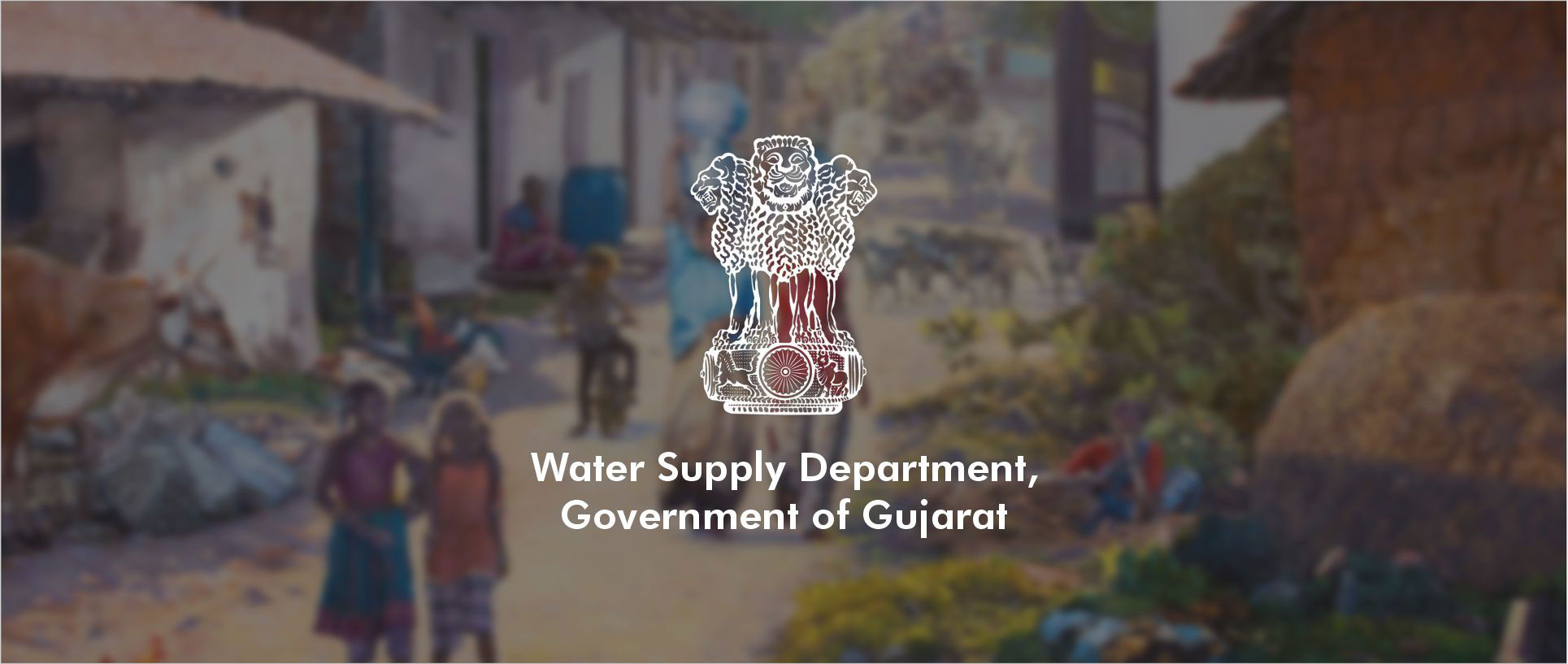Exploring Wasmo Jigjiga: More Than Just A Word
Have you ever come across a word that seems to carry so many different feelings and meanings, depending on who you talk to? That's pretty much the case with "wasmo," especially when we connect it with a place like Jigjiga. For many, it might bring up thoughts of popular online videos, maybe featuring lively Somali entertainment like niiko dances, or even well-known personalities such as Najmo Abdi and Faiza Alifatuush. It's a term that gets a lot of views, and you know, it's been around for quite a while, with some videos getting hundreds of thousands of views even five years back, so it's a topic that really captures attention.
Yet, when we look a little closer, "wasmo" is, in some respects, far more than just what you might see in a video compilation. It’s a word that, as a matter of fact, really holds a broader cultural significance within Somali communities. Think of it a bit like English slang terms such as “swag” or “on fleek.” These words describe something that’s stylish, something that’s very trendy, or just something that has a really cool vibe. While "swag" often emphasizes a kind of confidence, and "on fleek" points to something being absolutely perfect, "wasmo" too, can carry a similar sort of feel, you know, describing something that just hits the mark.
So, what exactly does this term mean in its deeper sense, and how does it relate to a vibrant place like Jigjiga? This article is going to take a closer look at "wasmo," exploring its cultural roots, its different interpretations, and how it fits into the everyday conversations and entertainment scenes in Somali areas. We'll unpack its origins, its connection to welcoming people, and how it becomes a part of a larger cultural conversation, which is, honestly, quite fascinating to think about.
Table of Contents
- Wasmo Unpacked: A Cultural Look
- The Community and Entertainment Angle
- Frequently Asked Questions About Wasmo
- What It All Means for You
Wasmo Unpacked: A Cultural Look
When we hear the word "wasmo," it's pretty clear that it's more than just a single word. It's, in a way, a part of a larger cultural conversation within Somali communities. This term, you know, can refer to a lot of things, and its meaning often shifts based on who is using it and in what situation. It's a good example of how language can be really fluid and full of different shades of meaning. So, to really get a handle on "wasmo," we need to look beyond just one simple definition and appreciate its many layers, which is, honestly, a bit like peeling an onion.
The Roots of Wasmo
It’s interesting to think about where words come from, and "wasmo" is no different. Apparently, this term is derived from the verb "wasmo," which actually means "to welcome" or "to receive with open arms." This linguistic connection, you know, really gives us a hint about the cultural significance of "wasmo." It suggests a feeling of openness, of being receptive, and of embracing something new or someone coming into your space. This origin story, so to speak, reinforces the idea that "wasmo" is not just about superficial things; it has a deeper, more welcoming core to it, which is, quite frankly, a lovely thought.
This sense of welcoming, or receiving with open arms, is, in fact, a very important part of Somali culture. Hospitality is highly valued, and this connection with "wasmo" might suggest that something that is "wasmo" is also something that is inviting, something that draws people in, or something that is generally well-received. It's a pretty neat way to think about a term that, for many, might seem a bit confusing at first glance.
Wasmo as "Swag" and Style
Now, let's talk about the more modern, slang interpretation of "wasmo." As we mentioned earlier, "wasmo" is akin to English slang terms like “swag” or “on fleek.” These are words we use to describe something stylish or trendy, something that just looks good or feels right. For instance, when someone has "swag," it often means they carry themselves with a lot of confidence and a cool attitude. When something is "on fleek," it means it's perfectly done, maybe like a really well-styled outfit or a sharp haircut.
In this sense, "wasmo" can be used to describe something that is fashionable, something that is really cool, or something that just has that desirable quality. It could refer to someone's appearance, a new style of music, a popular dance move, or even a way of speaking. It’s a term that, you know, helps people express approval and admiration for something that stands out in a positive way. This usage highlights how dynamic language can be, constantly picking up new meanings based on how people use it in their daily lives, which is, honestly, pretty amazing to watch.
The Jigjiga Connection: Local Flavor
So, how does "wasmo" specifically relate to Jigjiga? Jigjiga, as many know, is a lively city, and it's a very important cultural hub in the Somali region. Just like in any city, trends and expressions take on their own unique local flavor there. When people talk about "wasmo Jigjiga," they might be referring to the particular styles, the specific entertainment trends, or even the unique way people express themselves that are popular in that area. It's almost like saying "New York style" or "Paris chic" – it adds a geographical twist to the meaning.
It could mean the latest niiko dances that are really big in Jigjiga, or perhaps the way young people dress and present themselves. It could also refer to the general vibe or atmosphere of the city’s entertainment scene. You know, every place has its own rhythm, and "wasmo Jigjiga" really captures that local essence. It's a pretty interesting way to see how a general term gets localized and becomes even more specific to a particular community, which is, in fact, quite common with slang.
The Community and Entertainment Angle
The term "wasmo" is deeply woven into the fabric of Somali entertainment and community life. It’s often linked with videos and performances that aim to entertain and connect people. These can range from musical performances to dance compilations, and they often feature elements that are considered trendy or captivating within the community. It's a way for people to share what they find enjoyable and to stay connected with popular culture, which is, like, a really big part of how communities bond.
Popular Figures and Cultural Expression
When we talk about "wasmo" in the context of entertainment, we often hear about popular figures. The text mentions names like Najmo Abdi and Faiza Alifatuush. These individuals, and others like them, often become known for their unique styles, their engaging performances, or their ability to capture the current mood of the community. They might be trendsetters, people who embody that "swag" or "on fleek" quality that "wasmo" can describe. Their popularity, you know, helps to shape what is considered "wasmo" in the public eye.
The niiko dance, for example, is a very popular form of Somali dance, often seen in celebrations and entertainment videos. When a niiko performance is described as "wasmo," it suggests that it's particularly engaging, well-executed, or just really captures the spirit of the dance in a compelling way. It’s about the feeling it evokes, the energy it brings, and how it resonates with the audience. So, it's not just about the dance itself, but the way it's presented and received, which is, in fact, a pretty nuanced distinction.
Somali Wasmo Channel 2024 Updates
For those who like to keep up with the latest in Somali entertainment, there are channels dedicated to showcasing these trends. We've seen, for instance, mentions of "Somali Wasmo Channel 2024," which suggests a continuous flow of new content and updates. These channels act as a sort of hub for discovering the latest entertainment that embodies the "wasmo" spirit – whether it's new music, dance, or cultural commentary. They highlight programming that is current and relevant to the audience, which is, you know, really important for staying connected.
These platforms often play a big role in spreading cultural expressions and helping people stay connected to what's happening. They offer a window into the latest styles, the trending topics, and the artists who are making waves. Learning about their cultural impact, their programming highlights, and their future prospects gives us a comprehensive guide to understanding this aspect of Somali media. It's a dynamic space, and it's always changing, which is, frankly, quite exciting for viewers.
Frequently Asked Questions About Wasmo
People often have questions about "wasmo," especially because it has so many different meanings. Here are a few common ones:
Q: What does "wasmo" truly mean in Somali culture?
A: Basically, "wasmo" is derived from a verb meaning "to welcome" or "to receive with open arms." Culturally, it can refer to something that is stylish, trendy, or has a desirable quality, much like "swag" or "on fleek" in English. It's part of a larger conversation about what's cool and accepted within Somali communities, you know, in a good way.
Q: Is "wasmo" always about videos or entertainment?
A: Not necessarily. While it's often associated with entertainment, especially online videos featuring niiko and popular figures, the term itself can also describe anything that is stylish, trendy, or well-received in a broader sense. It's, like, a very versatile word that can apply to fashion, music, or even a general vibe.
Q: How does Jigjiga fit into the "wasmo" concept?
A: When people say "wasmo Jigjiga," they are often referring to the specific styles, trends, or entertainment popular within the city of Jigjiga. It gives the term a local flavor, highlighting what's considered cool or captivating in that particular region. It's a way to specify the origin or the particular style of something, which is, actually, pretty neat.
What It All Means for You
Understanding "wasmo," especially in the context of Jigjiga, gives us a really good look into the richness of Somali language and culture. It shows us how words can evolve, how they pick up new meanings, and how they reflect the everyday lives and expressions of people. It's a term that, in some respects, connects us to the vibrant entertainment scene, the local trends, and the deeper cultural values of welcoming and acceptance.
To really appreciate the diverse aspects of Somali culture, you might want to explore more about traditional dances like niiko or learn about the stories behind popular figures who shape cultural trends. You can learn more about

Wasmo - Trizone India

Wasmo - Trizone India

Wasmo - Trizone India